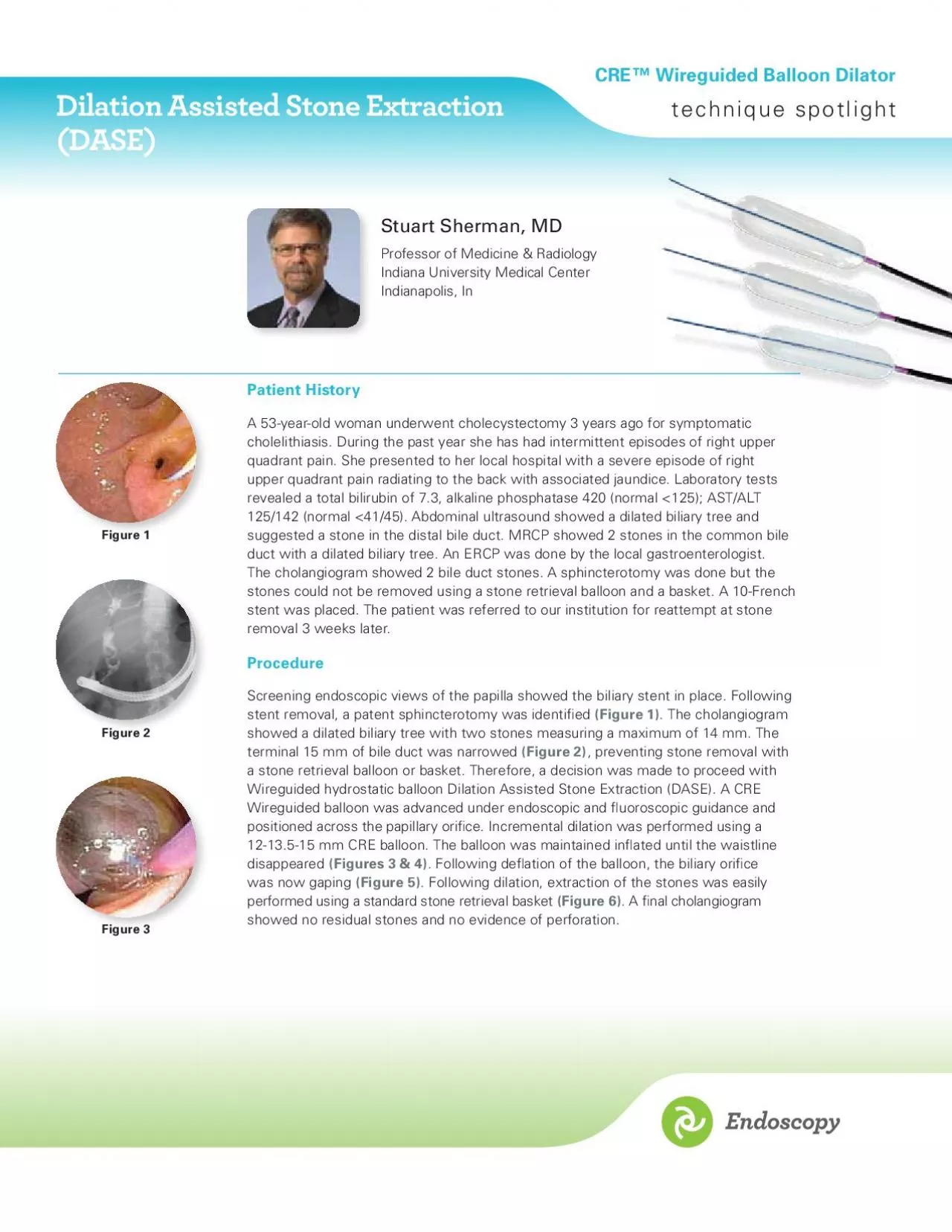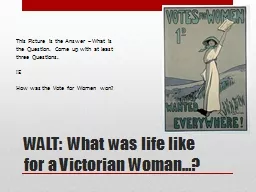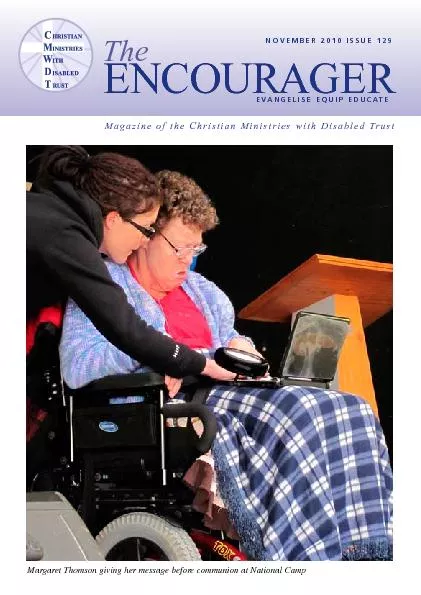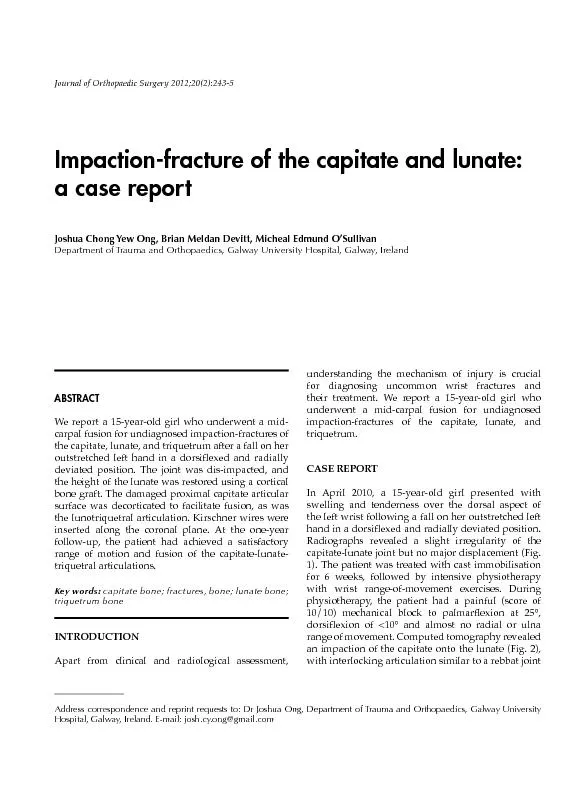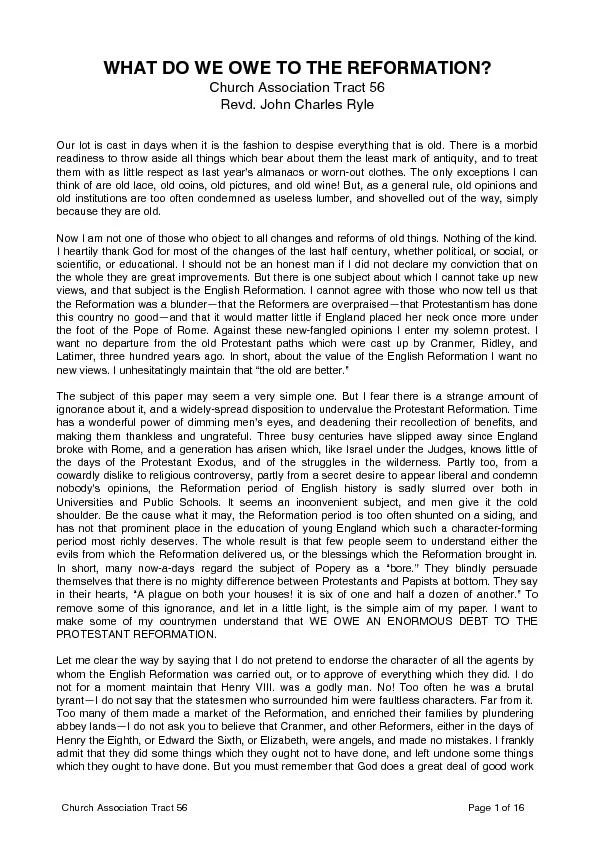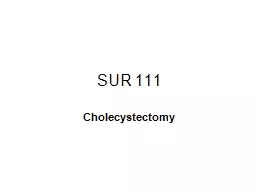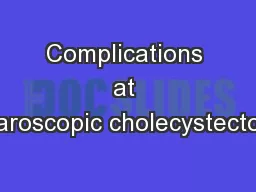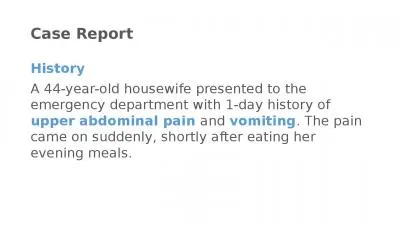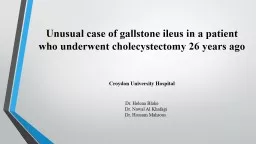PDF-A 53-year-old woman underwent cholecystectomy 3 years ago for symptoma
Author : clustik | Published Date : 2020-11-19
Stuart Sherman MDProfessor of Medicine RadiologyIndiana University Medical CenterIndianapolis In Figure 1 Figure 2 Dilation Assisted Stone Extraction DASE wwwbostonscienti31ccomendoscopy T
Presentation Embed Code
Download Presentation
Download Presentation The PPT/PDF document "A 53-year-old woman underwent cholecyste..." is the property of its rightful owner. Permission is granted to download and print the materials on this website for personal, non-commercial use only, and to display it on your personal computer provided you do not modify the materials and that you retain all copyright notices contained in the materials. By downloading content from our website, you accept the terms of this agreement.
A 53-year-old woman underwent cholecystectomy 3 years ago for symptoma: Transcript
Download Rules Of Document
"A 53-year-old woman underwent cholecystectomy 3 years ago for symptoma"The content belongs to its owner. You may download and print it for personal use, without modification, and keep all copyright notices. By downloading, you agree to these terms.
Related Documents

